When it comes to white wine, Pinot Blanc and Sauvignon Blanc are two popular varietiesgg that have distinct characteristics. This article aims to provide a thorough comparison of these two white wines, delving into their origins, appearance, taste profiles, food pairings, production processes, and regional popularity. Both types of wine have a rich history and exhibit unique properties that make them stand out in the world of winemaking.
Pinot Blanc is an elegant white wine primarily grown in Alsace, France, as well as Italy and Germany. This grape variety, a cousin to the famous Pinot Gris, presents a delicate and fruity taste that pairs well with various cuisines. In Italy this grape varietal is known as pinot grigio. These varietals belong to the pinot family.

On the other hand, Sauvignon Blanc, originally from Bordeaux, France, has a more widespread cultivation and reputation. Known for its crisp acidity and refreshing flavors such as aroma of green apples. Sauvignon Blanc has become a go-to choice for wine enthusiasts seeking a versatile and stimulating experience.

Key Takeaways
- Pinot Blanc and Sauvignon Blanc wines differ in taste, origins, and growing regions.
- Both wines have unique flavor profiles and pair well with various types of food.
- Production processes and appearance also set these white wine varieties apart.
Origins of Pinot Blanc and Sauvignon Blanc
Pinot Blanc grapes are a white grape variety originally from the Burgundy region of France. It is believed to be a genetic mutation of the Pinot Noir grape, which explains its name, as “blanc” means white in French. Over the years, this grape variety has spread to other wine regions, including Alsace, where it is widely produced and appreciated for its delicate, balanced wines.

Sauvignon Blanc, on the other hand, is a green-skinned grape variety that originated in the Bordeaux region of France. Its name is derived from the French word “sauvage,” meaning wild, as it is believed to be an indigenous grape variety of Southwestern France. Over time, Sauvignon Blanc has gained popularity in various wine regions around the world, including the Loire Valley, New Zealand, and California, where it is known for its characteristic crisp acidity and aromatic profile.

In the Alsace region, Pinot Blanc is often blended with other grape varieties such as Auxerrois, Pinot Gris, and Pinot Noir, creating wines with a unique combination of freshness, fruitiness, and complexity. In other regions, it is vinified as a single varietal, showcasing its versatility and range of flavors, from green apple and citrus to floral and mineral notes.

Sauvignon Blanc, with its distinctive flavor profile, can display a wide range of aromas depending on the terroir and winemaking techniques employed. Its classic characteristics include notes of grapefruit, passion fruit, and grassy or herbaceous aromas. Wine producers in cooler climates, such as the Loire Valley, tend to focus on preserving the grape’s natural acidity and freshness, resulting in crisp, elegant wines. In contrast, warmer climates like those found in California can create wines with riper fruit flavors and sometimes a hint of oak.
Appearance: Pinot Blanc vs Sauvignon Blanc
Colour of Pinot Blanc Grapes
Pinot Blanc is a white wine grape variety known for its pale, straw-yellow color. It often has a slight greenish hue, especially in its younger stages. The color intensity may vary depending on the winemaking techniques, but Pinot Blanc typically maintains its light hue even as it ages.
The wine’s appearance can also offer hints of the flavor profile and acidity. Pinot Blanc wine typically has medium acidity and is less aromatic than other white wines, which can be recognized in pinot blanc wine exhibits its more subdued visual characteristics.

Colour of Sauvignon Blanc
On the other hand, Sauvignon Blanc’s appearance in a white wine glass also presents a straw-yellow color, but with a more pronounced green tint. The green hues result from the grape’s thin skin and high acidity levels, which are closely linked to the flavor profile and aromas of the wine.
Sauvignon Blanc generally has vibrant and expressive fruit characteristics, which can also be reflected in its more intense color. As the wine ages, the green tint may slightly fade, but the overall appearance will still maintain its distinctive features.

Taste Profile Comparison
Taste of Pinot Blanc
Pinot Blanc is a versatile white wine that offers a confident and neutral taste profile. It is often characterized by its light to medium body, with a crisp and clean flavor. The primary fruit flavors found in Pinot Blanc include green apple, pear, and lemon. These notes are complemented by subtle hints of white flowers and a touch of minerals.
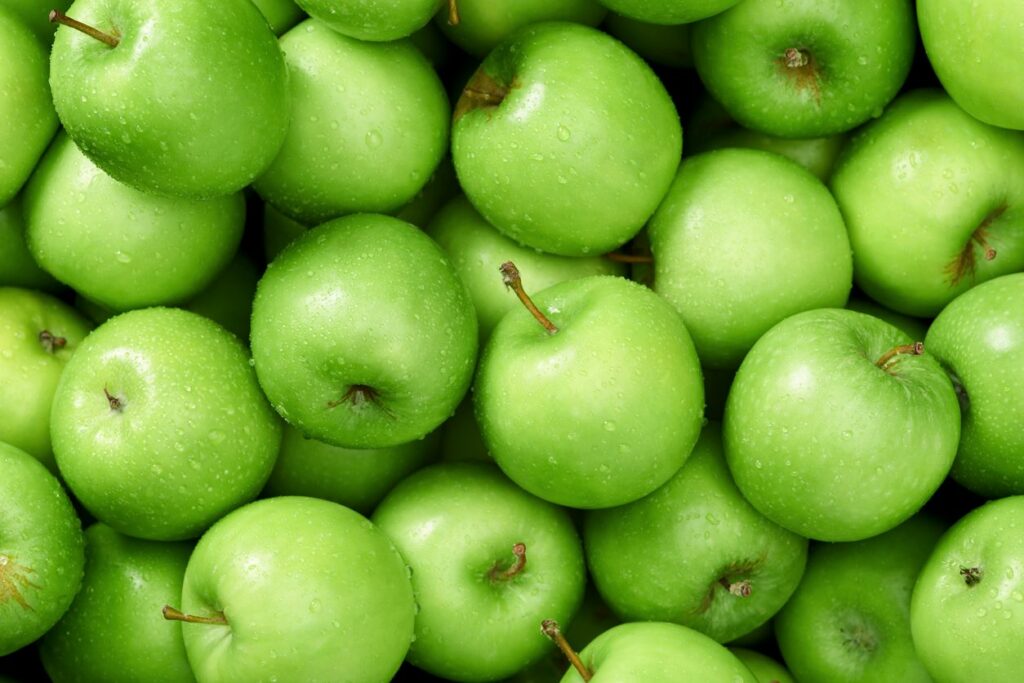
The acidity level in Pinot Blanc is typically moderate, allowing for a refreshing and easy-drinking experience. Its flavors and acidity contribute to its clear and knowledgeable profile, making it a popular choice for a wide range of wine enthusiasts.
Taste of Sauvignon Blanc
Sauvignon Blanc, on the other hand, is known for its unmistakable taste profile. Sauvignon Blanc wine can be a dry or a sweet wine that boasts confidence, knowledge, and neutrality. As a white wine, it usually features a light to medium body, similar to Pinot Blanc wines, but with higher acidity levels. Tasting notes result in a more vibrant and zesty experience.
The fruit flavors in Sauvignon Blanc range from citrus fruits like grapefruit and lemon to more tropical notes such as passion fruit, stone fruits and gooseberry. Additionally, the wine often exhibits herbaceous and green flavors like grass, bell pepper, and jalapeño, adding to its complex taste.
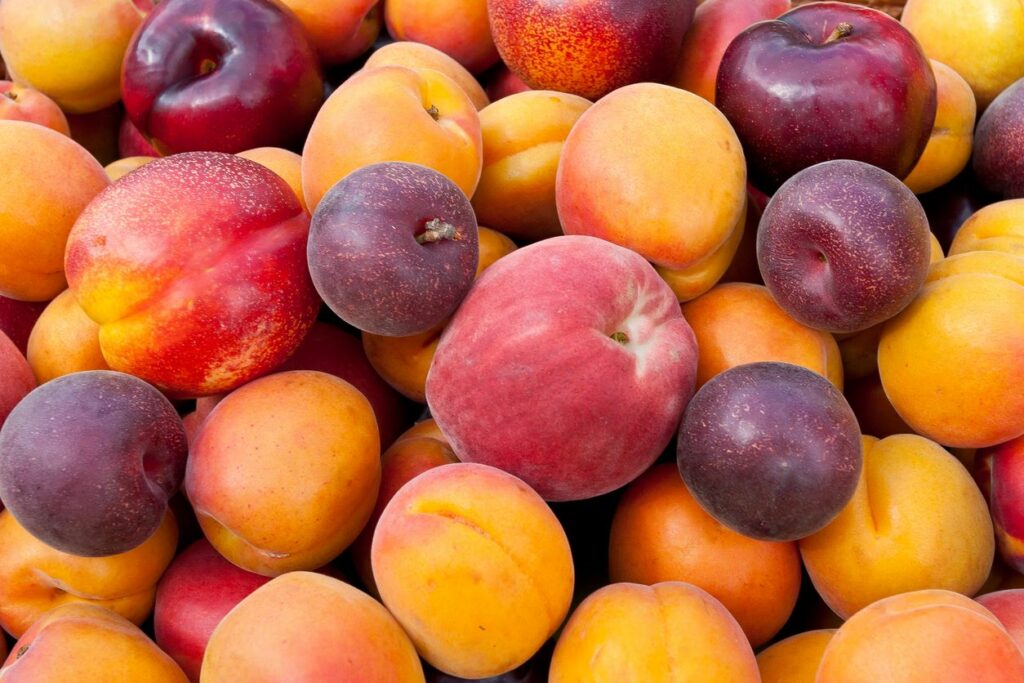
Sauvignon Blanc can also exhibit a hint of minerality, which is particularly prominent in wines from regions with cooler climates and sometimes expressed as a flinty or smoky note. This characteristic further distinguishes it from Pinot Blanc and contributes to its unique taste profile.
Pairing with Food
Food Pairing with Pinot Blanc
Pinot Blanc one of the pinot varieties, often considered a versatile white wine, is known for pairing well with a variety of foods. Lighter and typically more subtle in flavor, it complements dishes without overpowering them. Pinot Blanc pairs well with:
- Appetizers: Cheese boards, especially with soft cheeses and mild to medium cheeses, and fresh salads with light vinaigrettes.
- Seafood: Grilled shrimp, sautéed scallops, and poached salmon, can all benefit from the crispness and minerality of Pinot Blanc.
- White Meats: Chicken, turkey, and pork dishes with light sauces or seasoning.
- Vegetarian: Earthy vegetables such as mushrooms, asparagus, and artichokes, or dishes with a light cream sauce.

When pairing Pinot Blanc with food, consider its refreshing acidity levels and balance it with the dish’s richness or boldness.
Food Pairing with Sauvignon Blanc
Sauvignon Blanc, characterized by its crisp, acidic, and herbaceous qualities, makes for a delightful food companion, cutting through heavy flavors and accentuating others. Here are some favorite pairings with Sauvignon Blanc:
- Appetizers: Tangy goat cheese, caprese salad, or ceviche pair impeccably with the wine’s vibrant acidity.
- Seafood: Grilled fish, sushi, and oysters match well with the refreshing qualities of Sauvignon Blanc.
- Green Vegetables: Asparagus, zucchini, and green salads with vinaigrette dressings work harmoniously with the wine’s herbaceous notes.
- Spicy Dishes: Thai, Indian, and other spicy cuisines can marry well with the cooling impact of Sauvignon Blanc.
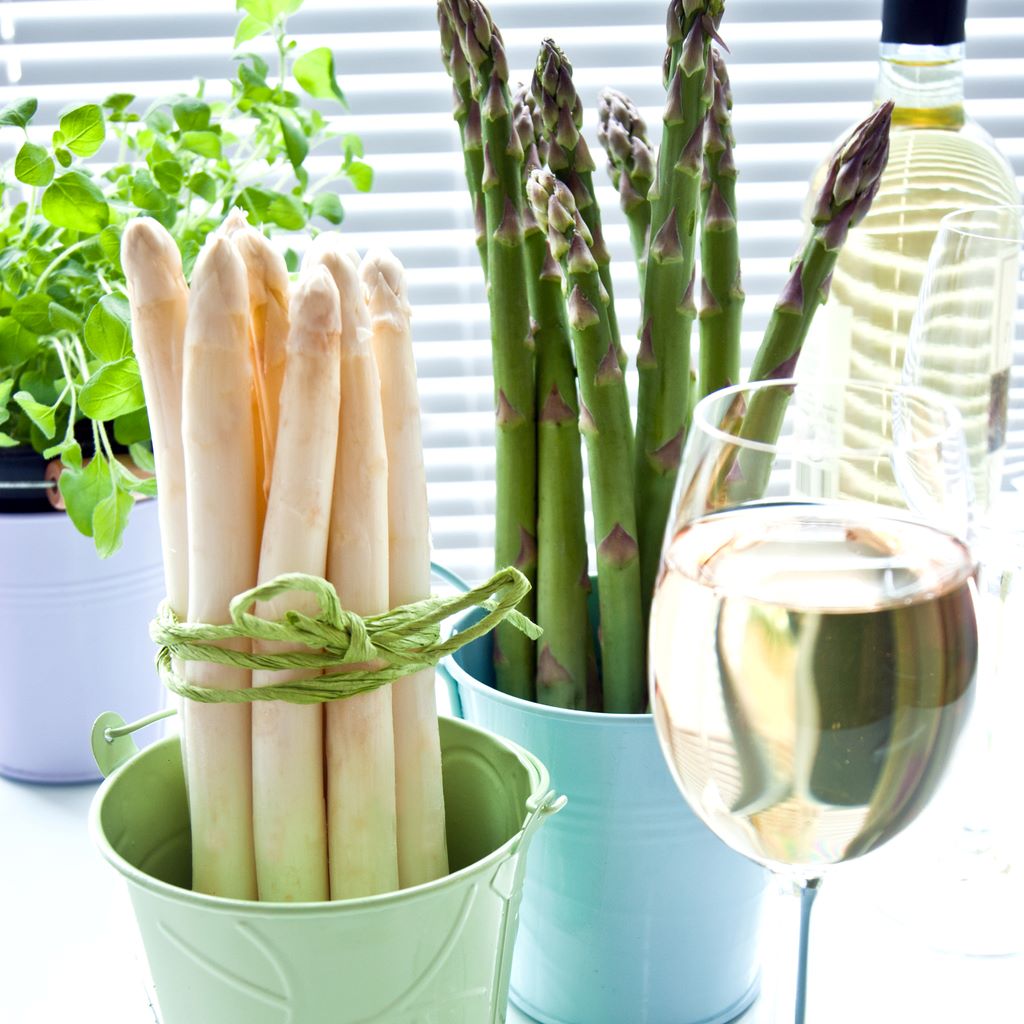
Remember to consider the wine’s intensity and flavor profile when selecting dishes, as it can enhance or diminish certain components. The key to successful pairings with Sauvignon Blanc is to find a balance in flavors and textures.
Popular Regions for Production
Regions for Pinot Blanc
Pinot Blanc, a white grape variety, has its origin in the Alsace region of France. The grape is widely grown here and produces high-quality sparkling wines too. In Alsace, Pinot Blanc often stars in blends or as a key varietal in Crémant d’Alsace, the region’s sparkling wine.

In addition to France, Germany and Austria also have notable Pinot Blanc vineyards. German wine lovers know this grape as Weissburgunder and is primarily cultivated in regions such as Baden, Pfalz, and Rheinhessen. In Austria, Pinot Blanc or Weißer Burgunder is most commonly found in regions like Burgenland and Lower Austria near the Wachau valley.
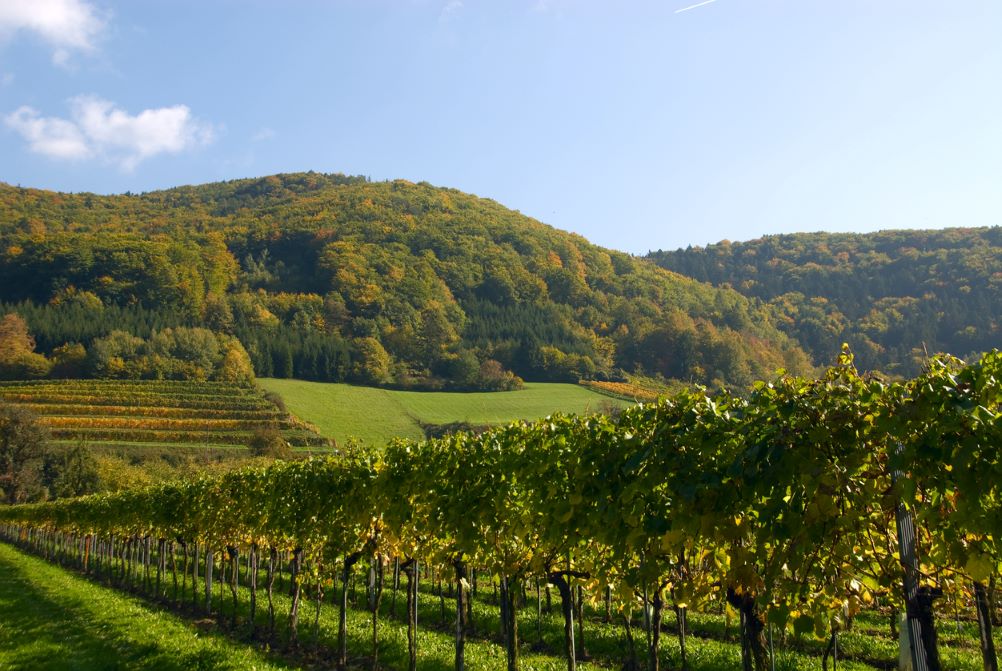
Over the years, Pinot Blanc has also expanded outside Europe. In North America, it is grown in regions like California, Oregon, and British Columbia.
Regions for Sauvignon Blanc
Sauvignon Blanc, another popular white grape variety, is famously grown in the Loire Valley and Bordeaux regions of France. One of this grape’s most famous wines is the Sancerre from the Loire Valley. It is known for its minerality and bright acidity. Bordeaux’s white wines also rely heavily on Sauvignon Blanc, whose grapes are often blended with Sémillon.

New Zealand has been exceptionally successful with Sauvignon Blanc, taking the grape to new levels of fame. The Marlborough region, in particular, has produced several world-renowned Sauvignon Blanc wines. They show a sharp acidity and notable aromas of gooseberry, passion fruit, and grassy notes.
Other regions that produce Sauvignon Blanc include South Africa and Chile. In South Africa, areas such as Western Cape and Stellenbosch display a wide range of expressions for this grape. In Chile, the regions of Casablanca Valley and San Antonio Valley have embraced this varietal with great success.
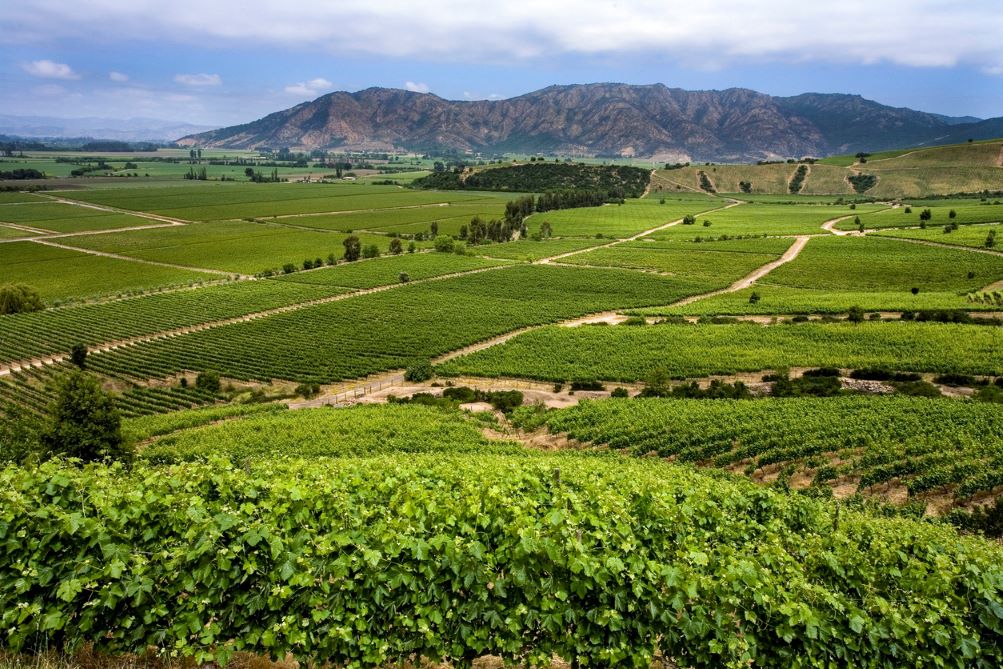
Furthermore, Sauvignon Blanc continues to grow in popularity in North America. Regions such as California’s Napa Valley, Sonoma County, and Washington State’s Yakima Valley producing exceptional wines.
Conclusion
Pinot Blanc and Sauvignon Blanc are two distinct white grape varieties. They offer unique characteristics and flavors in their respective wines. Pinot Blanc is known for its delicate flavors, boasting pear, green apple, and almond notes with moderate acidity. In contrast to pinot blanc wine, Sauvignon Blanc features more pronounced flavors with citrus, grassy, and gooseberry aromas and higher acidity.
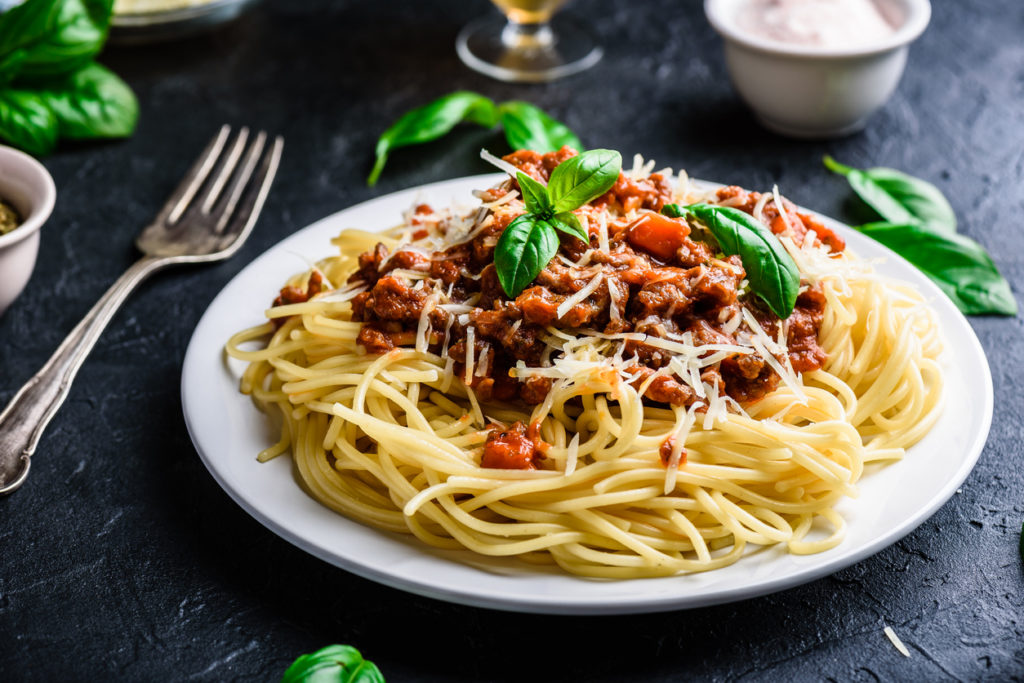
- Pinot Blanc wines are versatile and can be paired well with dishes such as seafood, white meats, and lighter pasta dishes.
- Sauvignon Blanc wines are best enjoyed with dishes that have strong flavors, such as goat cheese, asparagus or sushi.
When selecting a white wine, it’s essential to consider personal taste preferences, as well as the type of food pairing. While both Pinot Blanc and Sauvignon Blanc wines have their merits, the choice between them largely comes down to individual preference and the specific occasion.
In summary, each of these white wines showcases its unique flavor profile and characteristics. Whether enjoying a bottle with friends on a warm summer day, or savoring a glass with a well-paired meal, both Pinot Blanc and Sauvignon Blanc offer enjoyable experiences for wine lovers alike.

